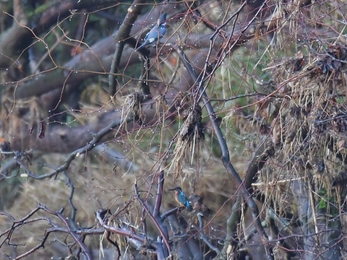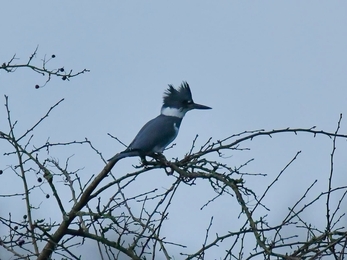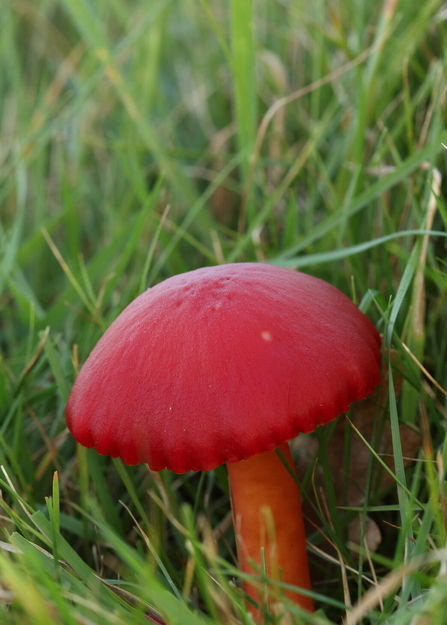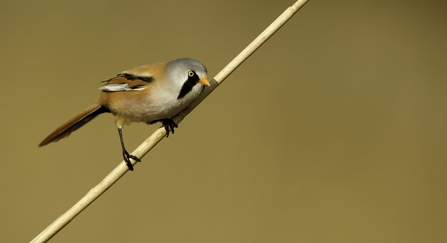Autumn is definitely moving into winter, and our wildlife sightings across Lancashire, Manchester and North Merseyside told the tale of the changing seasons.
Mere Sands Wood
Mere Sands Wood unfortunately became a casualty of Storm Arwen and was closed for several days while we cleared the fallen trees, but before then, visitors reported some lovely autumnal wildlife sightings. Jays were spotted caching nuts in the woodland and flying noisily between trees. Redwings arrived in their droves, followed by the odd winter brambling. On the woodland floor there were still plenty of fungi to fascinate mushroom enthusiasts, including amethyst deceiver and the spooky-looking dead man’s fingers fungus.





